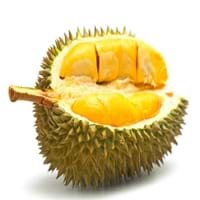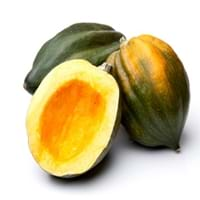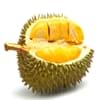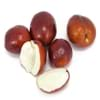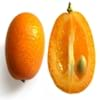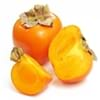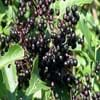Health Benefits
Anti depressant, Boosts immune system, Cancer prevention, Heart care, Reduces stress
Anti-inflammatory properties, Arthritis treatment, Regulates Blood Sugar
General Benefits
Anti oxidant properties, Anti-inflammatory properties, Boosts immune system, Controls blood pressure, Controls blood sugar levels, Digestive aid, Flu treatment, Strengthens bones
Boosts immune system, Controls blood sugar levels, Digestive aid
Skin Benefits
Anti-aging benefits, Brightens and lightens complexion
Nourishes skin, Protects skin from oxidative stress
Hair Benefits
Promotes longer and healthier hair, Protects hair
Prevents hair loss, Promotes longer and healthier hair, Regulates hair growth
Allergy Symptoms
Diarrhea, Headaches, Hives, Nasal congestion, Red rash, Runny nose, Vomiting
Asthma, Red rash, Swelling of mouth, tongue or lips
Side Effects
Affects blood glucose levels, Nausea, Stomach pain
Diarrhoea, Vomiting
Best Time to Eat
Along with meal, As a snack in the late afternoon, Don't consume at night and before bed, Morning time (before lunch)
Along with meal, As a snack in the late afternoon, Don't eat after meal, Eat the fresh ones, avoid mixing with any other foods, don't eat after meal.
Vitamin B5 (Pantothenic Acid)
Vitamin C (Ascorbic Acid)
Calories in Fresh Fruit with Peel
Not Available
Calories in Fresh Fruit without Peel
Not Available
Calories in Canned Form
Not Available
Calories in Pie
Not Available
Type
Tree fruit, Tropical
Berry
Varieties
D24, D99 (Gob kecil), D123 (Chanee), D145 (Beserah), D158 (Gan Yau), D159 (Monthong), D169 (Tok Litok), D188, D189, D190, D163 (Hor Lor) and D164 (Ang Bak)
Bush Table Queen, Heirloom Table Queen, Festival Hybrid, Early Acorn Hybrid, Table Ace, Ebony and Cream of the Crop
Color
Green
Dark green, Green-yellow, Orange green
Inside Color
Yellow
Yellow
Taste
Creamy, Sweet
Sweetish
Origin
South-Eastern Asia
Central America, North America, Unknown
Grows on
Not Available
Vines
Soil Type
Clay
Well-drained
Climatic Conditions
Hot, Humid
Cold, Sunny
Facts about
- 1 kg of durian contains 1350 calories which may cause weight gain.
- It may have a hyperthermic effect on the body, making you feel warmer.
- Study shows that durian has an ability to reduce infertility in men & women.
- It was named as Acorn Squash for its resemblance to a large ribbed acorn.
- It is said that squash was being grown in Mexico as long as 10,000 years ago.
- It was the first food cultivated by native American Indians.
Top Producer
Thailand
China
Other Countries
Indonesia, Malaysia, Philippines
Egypt, India, Iran, Italy, Mexico, Russia, Turkey, Ukraine, United States of America
Top Importer
China
Costa Rica
Top Exporter
Thailand
United States of America
Botanical Name
Durio zibethinus
Cucurbita Pepo
Synonym
Lahia Hassk
Winter Squash
Subkingdom
Tracheobionta
Tracheobionta
Division
Magnoliophyta
Magnoliophyta
Class
Magnoliopsida
Magnoliopsida
Subclass
Dillenhidae
Dillenhidae
Order
Malvales
Cucurbitales
Family
Malvaceae
Cucurbitaceae
Species
D. zibethinus
Pepo
Generic Group
Not Available
Not Available
Difference Between Durian and Acorn squash
We might think that Durian and Acorn squash are similar with respect to nutritional value and health benefits. But the nutrient content of both fruits is different. Durian and Acorn squash Facts such as their taste, shape, color, and size are also distinct. The difference between Durian and Acorn squash is explained here.
The amount of calories in 100 gm of fresh Durian and Acorn squash with peel is Not Available and 40.00 kcal and the amount of calories without peel is 147.00 kcal and Not Available respectively. Thus, Durian and Acorn squash belong to High Calorie Fruits and Low Calorie Fruits category.These fruits might or might not differ with respect to their scientific classification. The order of Durian and Acorn squash is Malvales and Cucurbitales respectively. Durian belongs to Malvaceae family and Acorn squash belongs to Cucurbitaceae family. Durian belongs to Durio genus of D. zibethinus species and Acorn squash belongs to Cucurbita genus of Pepo species. Beings plants, both fruits belong to Plantae Kingdom.
